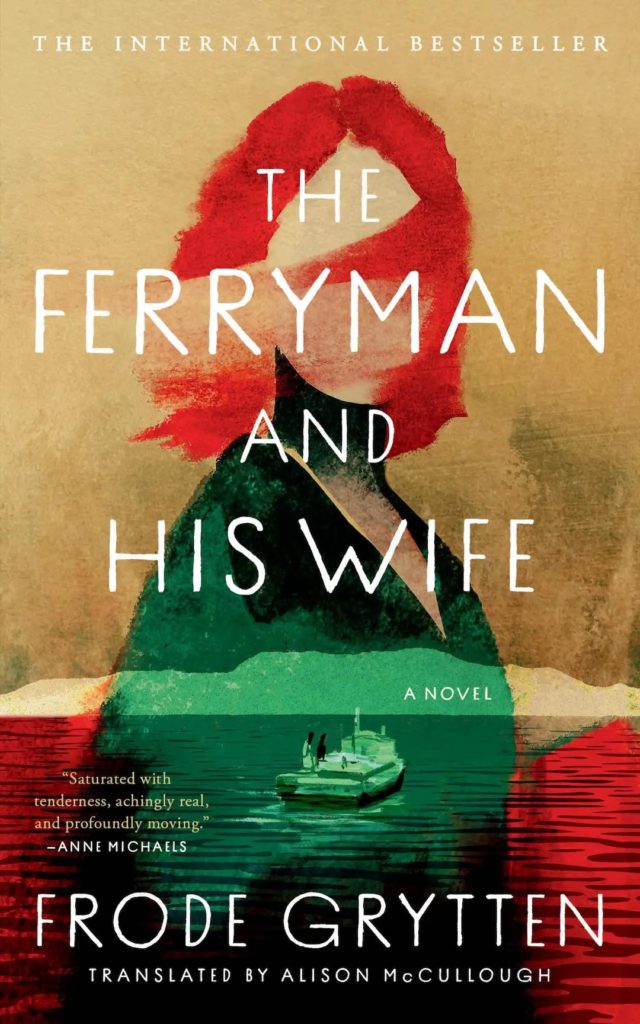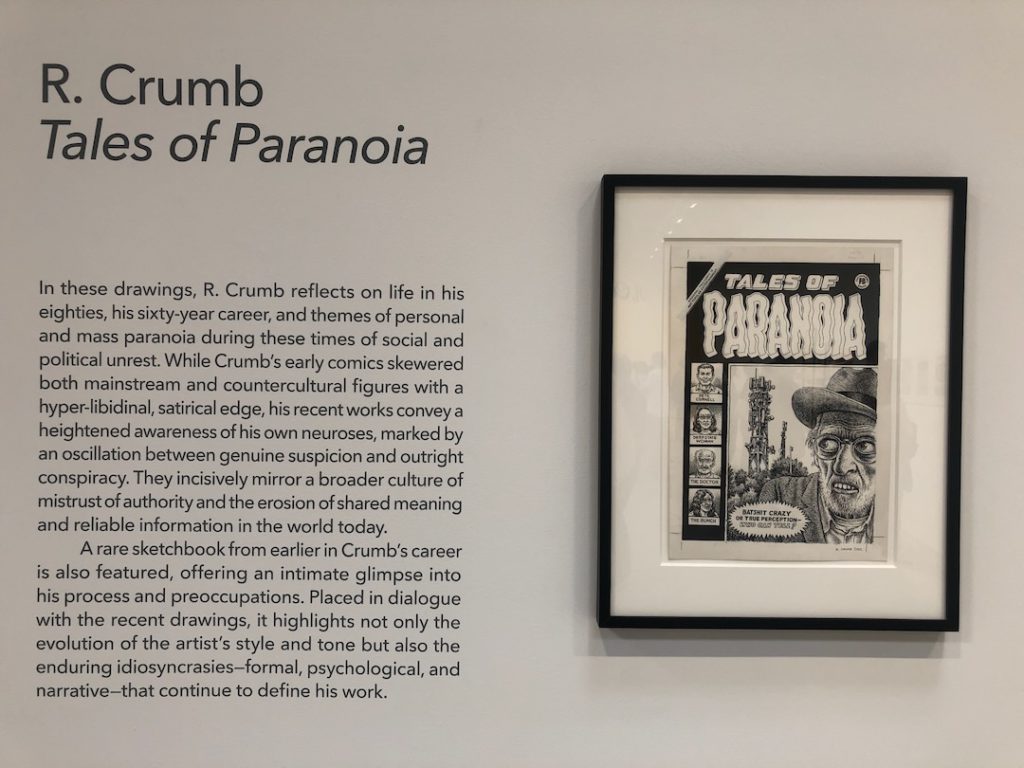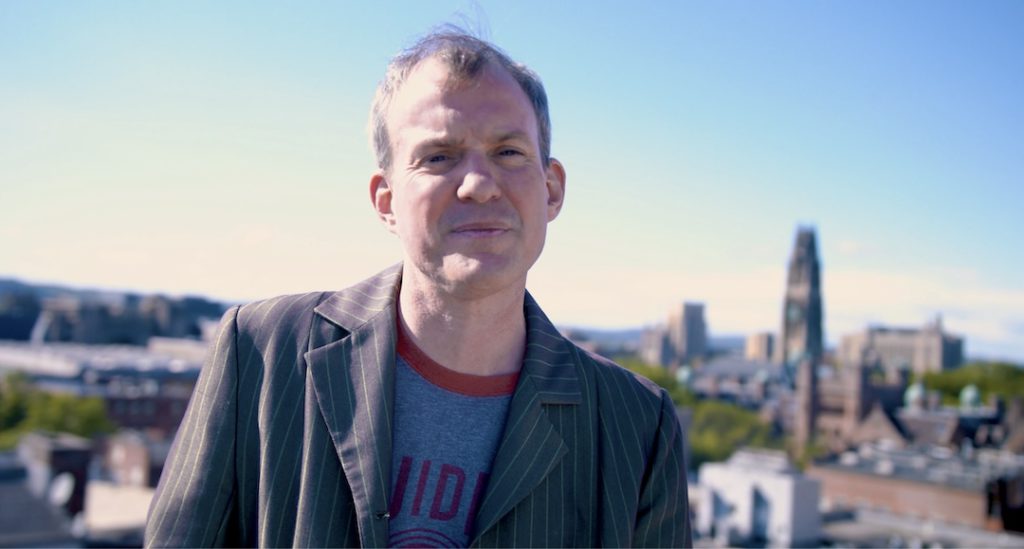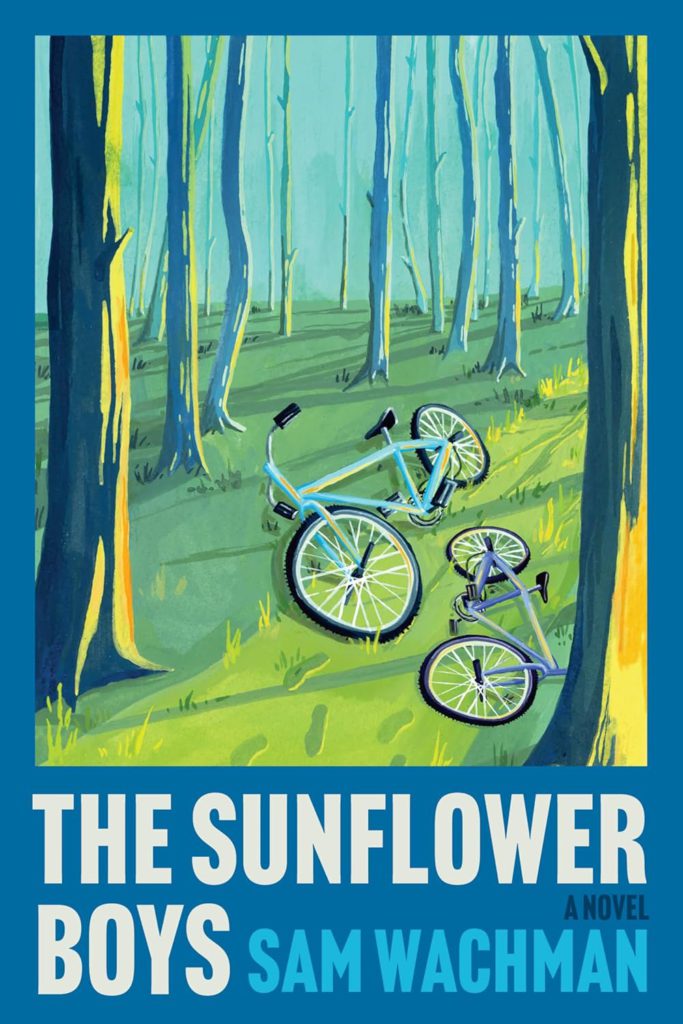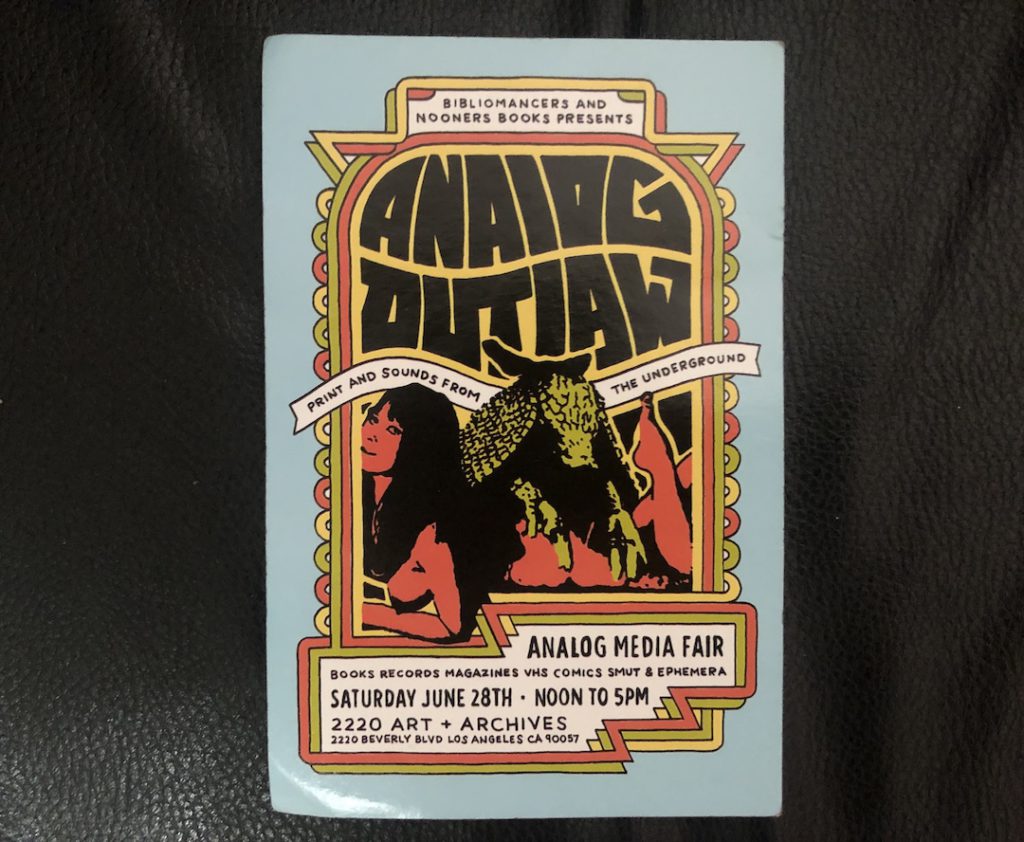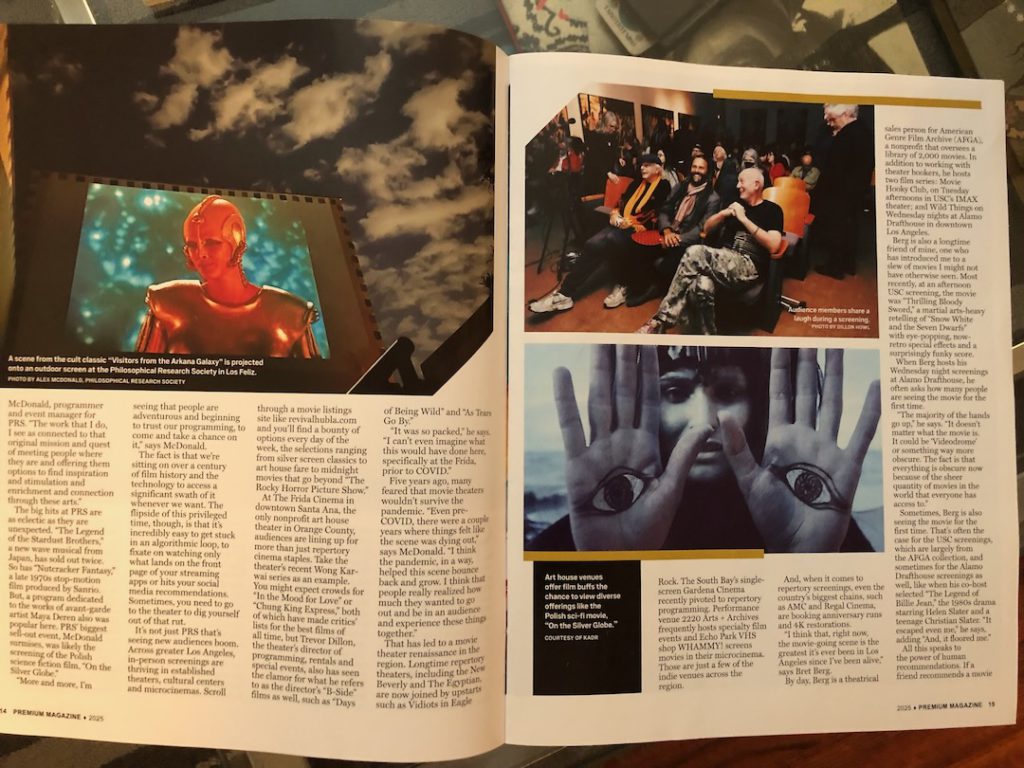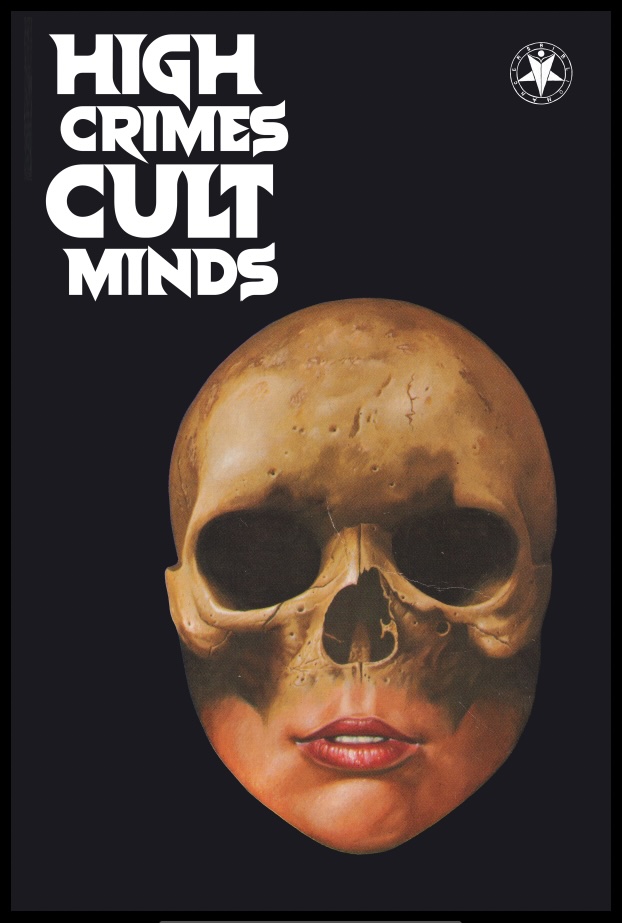
Bibliomancers books aren’t your typical collections of retro ephemera. What began as a way for Astraleyes, aka James Weigel, co-founder of the physical media fest Analog Outlaw, to archive his voluminous collection of books. In the process, though, the L.A.-based publisher, whose recent titles include High Crimes, Cult Minds and New Age Grave, has become a conceptual, community art project where the collections of artists, mainly book covers and other ephemera, are bound in a tangible form, their pages revealing stories that go much deeper than aesthetics.
“It’s not a straight, this is a book about 1970s paperbacks,” says Weigel of Bibliomancers on a recent video call. “There are publishers that do that perfectly and it’s great. They’re very inspiring to me, but my hope is that what we’re doing is interjecting a piece of our creative selves into it. If you look, there are elements there that go beyond just archiving a genre and I think that is really us as artists wanting to be more creatively involved in the process of making books.”
(more…)